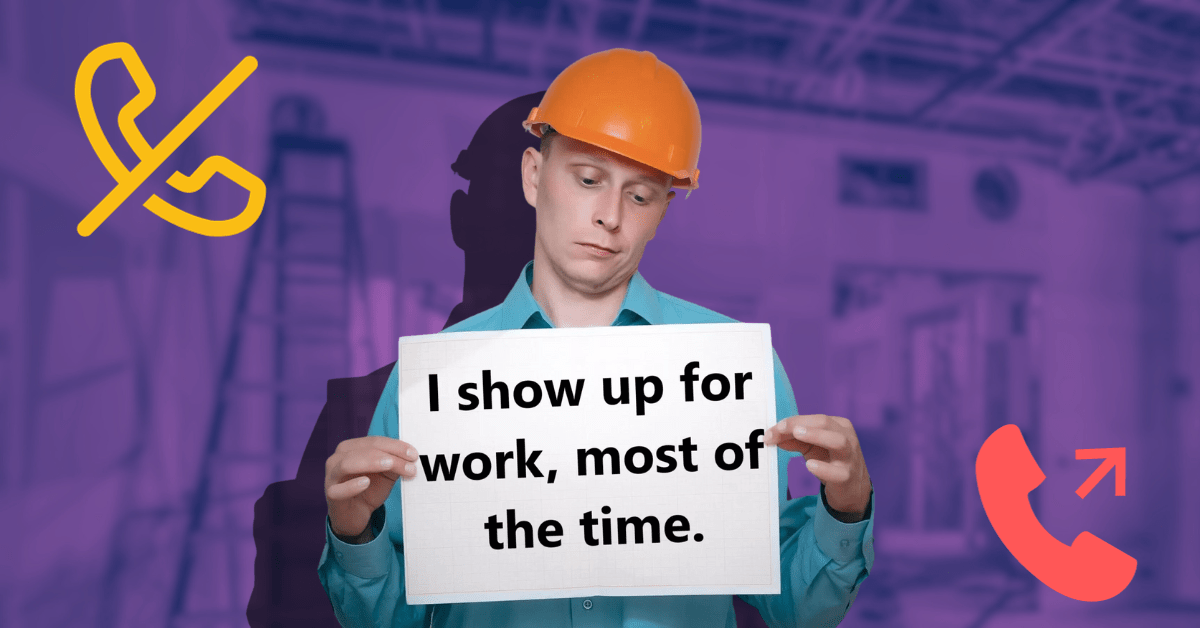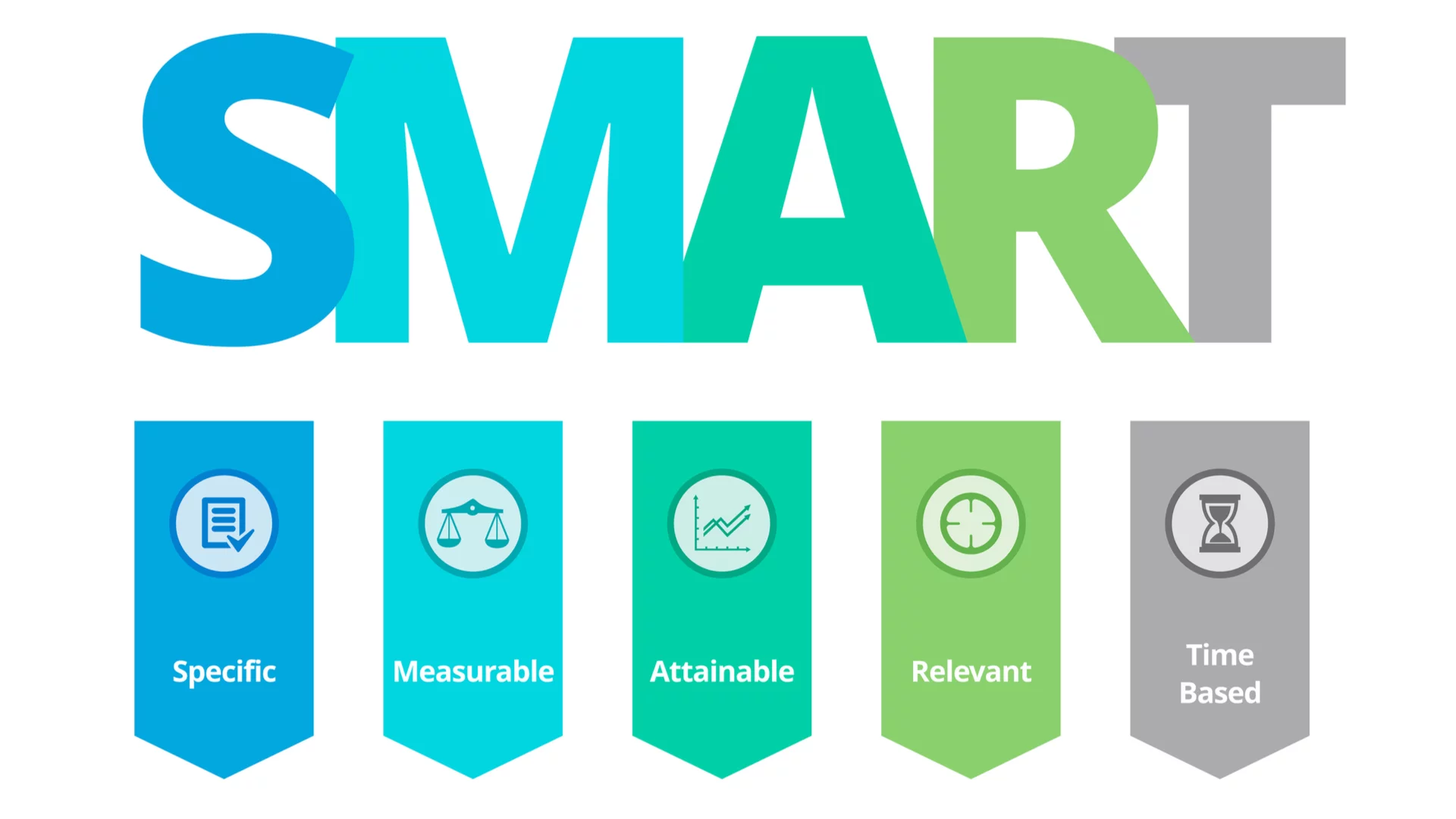
A high employee turnover cost can harm any business, especially in the construction industry. Reducing employee turnover by changing your company culture could help with the repercussions and costs of replacing an employee. Let’s talk about the costs of employee turnover. In the past year, the construction industry has created, on average, 28,000 jobs a month. This is about 8% of the overall employment increase for the country. A Construction Dive Report states that the average employee turnover rate in construction is between 20-38%. With all these new jobs being created, why are employee retention notoriously low?
The Tangible Employee Turnover Cost
If you think you can live with that employee turnover rate, think again. A CAP study found average costs to replace an employee are:
- For workers earning less than $50,000 annually, the average cost of replacement is 20 percent of their annual salary.
- For employees earning $30,000 or less, the typical cost of turnover is 16 percent of their annual salary.
- Jobs that are very complex and that require higher levels of education and specialized training like electricians and engineers tend to have even higher employee turnover costs.
There are more costs that employers might not be aware of, such as the intangible costs of replacing an employee.
The Intangible Employee Turnover Cost
It takes a lot of time and work to replace an employee and that labor includes costs. Your employee turnover rate costs you money in unexpected ways:
- Separation costs such as exit interviews, severance pay, and higher unemployment taxes.
- Vacancy costs such as overtime for other staff or temporary staffing.
- Replacement costs such as advertising, search and agency fees, screening applicants, including physicals or drug testing, interviewing and selecting candidates, background verification, employment testing, hiring bonuses, and applicant travel and relocation costs.
- Training costs such as orientation, certifications, on-the-job training, and safety equipment.
- Additional costs incurred as your new employee learns his or her job, including reduced quality, errors, and material waste.
Reasons for Employee Turnover
Have you ever thought about the causes of your employee turnover rate? Here are a few of the most common reasons:
- Poor Management – your employees may feel a lack of appreciation or support from their supervisors.
- Failure to Meet Expectations – the pay, work, benefits or company culture may fall short of a new employee’s expectations, causing them to voluntarily exit.
- Bad Fit – maybe your employee was great at interviewing, but not great when it came to doing the job expected of them.
4 Ways to Improve Employee Retention
Now that you know the most likely reasons why an employee leaves a company, you can change your company culture to increase employee retention. A 2010 study released by the Harvard Business Review listed a few reasons employees stay with companies:
- Pride in the company
- Salaries and benefits that are competitive
- Opportunities for growth and development
- Meaningful work
- Supervisors who show respect for the employee
- Appreciation and recognition
- Offer competitive benefits
These reasons may not please every employee, but it may help prevent your good employees from leaving. Most employers don’t realize what they are losing when a good employee leaves the company beyond the hard numbers. So it is vital to find ways to retain your employees and reduce turnover. Here are four additional ways to increase employee retention at your company:
Build Team Unity
Get your teams engaging together under different circumstances. Organize situations for them to interact outside of work, like holidays, lunches or retreats.
Get Them The Right Tools
Your employees may be fighting with out of date equipment every day they are on the job. This can frustrate anyone with enough time. Make sure you get them the best equipment to do their jobs. Equipment isn’t limited to excavators and hammers, it can include time tracking software to make their day easier. Having the latest technology will allow employees to work more efficiently and effectively without the hassle of dealing with out-of-date software.
Empower Your Employees
Regularly get input from your employees on how to improve their work conditions. Keep communication open between all levels of your company. You don’t need to share every shred of corporate information with your employees, but share news with them about company goals. For example, if a build was finished under budget. It’s important to share goals that have been achieved as well as missed goals; this gives your employees an accounting of their work performance. Providing your employees with mobile time tracking app such as busybusy, they will have the tools to communicate between supervisors and other crewmembers to improve communication and increase productivity.
Reward Hard Work
Make your best employees the example. Regularly show appreciation for all your workers, but make a spectacle of someone who goes the extra mile. Rewarding them with a $100 Amazon gift card is cheaper than the cost of replacing an employee. Sometimes pure recognition is more valuable than money. Sending a personal note of appreciation or thanking them for their work in front of their peers will go a long way.
Encourage your managers to communicate often with your employees and take immediate action if they notice someone showing signs of becoming disengaged. Keep your team together by heading toward a more profitable future, you can increase job satisfaction and reduce employee turnover.











